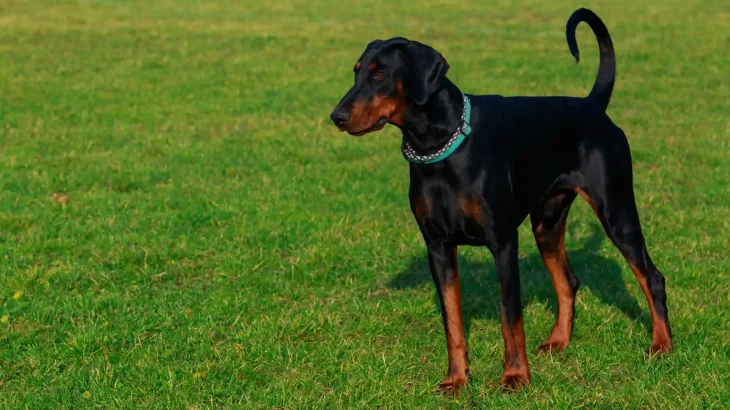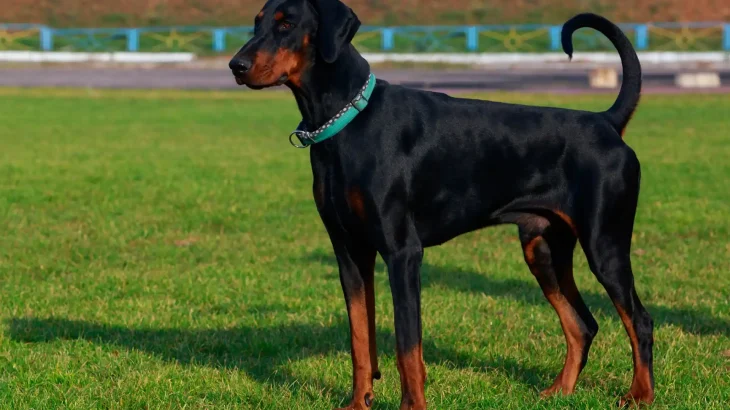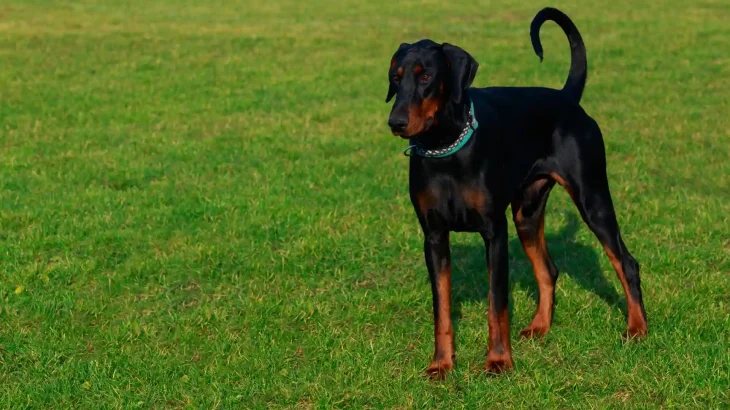Deciding whether to adopt or purchase a Lithuanian Hound puppy depends largely on your priorities regarding health transparency, cost, and breed-specific traits. Purchasing from a reputable breeder typically offers detailed health histories and guarantees of breed purity, while adoption can provide a more affordable option and the chance to give a home to a dog in need.
Adoption vs. Breeder: Pros & Cons
| Criteria | Buying from Breeder | Adopting from Shelter/Rescue |
|---|---|---|
| Cost | Generally higher initial cost due to breed rarity and pedigree documentation. | Lower adoption fees, making it more budget-friendly. |
| Health History | Comprehensive health records and genetic testing often provided. | Health history might be incomplete or unknown, though basic medical checks are done. |
| Age Availability | Primarily puppies, allowing for early bonding and training. | Wider range of ages available, including adult dogs. |
| Temperament Insight | Breeders can offer insights into lineage temperament traits. | Shelter or rescue staff often observe and share behavior insights, but lineage unknown. |
| Supporting Practices | Supports preservation of the breed when sourced ethically. | Supports animal welfare by providing homes to dogs in need. |
| Breed Purity & Pedigree | Usually guaranteed pedigree and breed purity. | Breed purity may be uncertain or mixed. |



















































